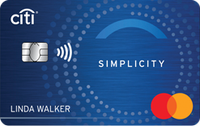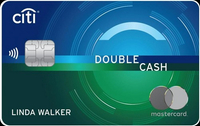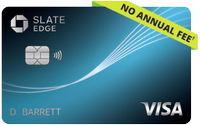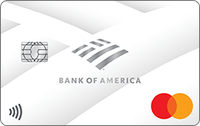The Best Balance Transfer Credit Cards
Balance transfer credit cards have the power to drastically cut your payments with 0% APR. But there’s a cost, and rules to follow.


Ellen B. Kennedy
Rates checked as of October 31, 2023.
This article only highlights our picks for the best balance transfer credit cards. We may get compensation if you visit partner links on our site. We may not cover every available offer. Our relationship with advertisers may impact how an offer is presented on our website. However, our selection of products is made independently of our relationship with advertisers.
If you have high-rate credit card debt, consider refinancing it with a balance transfer credit card. Especially as interest rates tick up, carrying a balance on a credit card becomes more burdensome. Average annual percentage rates on credit cards run from about 15% to 20%, and some cards have rates of nearly 30%.

Sign up for Kiplinger’s Free E-Newsletters
Profit and prosper with the best of expert advice on investing, taxes, retirement, personal finance and more - straight to your e-mail.
Profit and prosper with the best of expert advice - straight to your e-mail.
While you may be tempted by cash back or other offers made by rewards credit cards, it is better to stay focused on paying off your debt first.
With a balance transfer card, you can take advantage of a 0% APR interest rate for as long as the first 21 months. That could shave hundreds or even thousands of dollars from your interest payments, enough to offset the balance transfer fee of 3% to 5% and save you money.
But to make the most of a balance transfer — and to make your investment in that transfer fee pay off — you need to pay off the debt before the 0% window expires. After the 0% period ends, the APR on the remaining balance typically jumps into the double digits.
We’ve rounded up the best credit cards for balance transfers. All of them feature extended 0% introductory windows, and they charge reasonable balance-transfer fees of 3%. (With some cards, you must promptly make the balance transfer after opening the card to capture the 0% rate or the 3% fee — otherwise, you pay a higher APR or fee.) If you’re looking for a great rewards credit card instead, see the our guides to the best cash back credit cards, the best travel rewards credit cards, and our guide to student reward cards.
We select balance transfer cards with 0% introductory windows and balance-transfer fees of 3%. (With some cards, you must promptly make the balance transfer after opening the card to capture the 0% rate or the 3% fee–otherwise, you pay a higher APR or fee.) Interest rates, fees, rewards and other terms listed in this article are subject to change. Before you apply for a credit card, check its current terms and conditions with the issuer.
0% APR for 21 Months
This card is a good choice for consumers looking for the longest grace period for both balance transfers and purchases. It offers 21 billing cycles of 0% APR on balance transfers and purchases. The card also offers phone protection.
- Interest rate: 0% for 21 billing cycles on purchases and balance transfers, then 18.74% to 29.74% variable APR.
- Balance transfer fee: 3% ($5 minimum).
- Annual fee: None.
- Penalty APR: None.
- Late payment fee: Up to $41.
- Perks: This card offers up to $600 reimbursement if your cell phone is stolen or damaged and you use the card to pay your wireless bill; the deductible is $25, and you get up to two claims paid per 12 months.
This Mastercard from Citi is one of the few available to offer a 21-month period to pay off a balance transfer at the rate of 3% interest. Just be sure to complete the balance transfer within the first four months of owning the card; after that, the fee is 5%.
The card also offers 0% APR on purchases for the first 12 months.
- Interest rate: Balance transfer 0% introductory APR for 21 months from date of first transfer when transfers are completed within 4 months from date of account opening. After that, your APR will be 19.24% to 29.99%, based on your creditworthiness. For purchases, 0% introductory APR for 12 months from date of account opening. After that, your APR will be 19.24% to 29.99%, based on your creditworthiness.
- Balance transfer fee: 3% ($5 minimum); after four months of opening the account, it is 5% with a $5 minimum.
- Annual fee: None.
- Penalty APR: If you make a late payment during the introductory period you may lose the 0% interest rate.
- Late payment fee: Up to $41.
- Perks: Rather than offer cash back or other rewards, this card focuses on giving you a long balance transfer period for a 3% fee.
18 Months 0% APR
Have your cake and eat it too with this 0% interest introductory offer and generous cash back card. Just make sure you pay your credit card bill on time to avoid a hefty interest rate increase.
- Interest rate: Balance transfers: 0% intro APR only on Balance Transfers for 18 months; after that, the variable APR will be 19.24% to 29.24% variable, based on your creditworthiness. The ongoing variable APR for purchases is 19.24% to 29.24%. If you transfer a balance, interest will be charged on your purchases unless you pay your entire balance (including balance transfers) by the due date each month.
- Balance transfer fee: 3% ($5 minimum) within the first 4 months of account opening, then 5% ($5 minimum).
- Annual fee: None
- Penalty APR: Up to 29.99% if you pay your bill late.
- Credit rating: Solid cash back cards usually require a good to excellent credit rating; Citi recently announced that it will also approve qualified applicants with "fair" credit ratings for this card.
- Late payment fee: Up to $41; returned payments may also be charged up to this amount.
- Perks: total 2% cash back on every purchase — 1% at the time of purchase and 1% when you pay for those purchases.
This card offers a solid option for those looking to finance a balance transfer for 18 months interest-free. To get this rate, you'll need to make the transfer within the first 60 days of opening the account.
Don't be distracted by the card's offer to lower your interest rate by 2% each year for good credit habits. You should pay all of your credit card balance on time each month to avoid paying any interest.
You may also make purchases at 0% APR for the first 18 months.
One of the best ways to raise your credit score is to pay your bills on time and keep your credit utilization as low as possible. So the card's welcome offer to raise the credit limit for cardholders who spend at least $500 and pay their bills on time during the first six months could improve your credit score and help establish good habits.
- Interest rate: 0% Intro APR for 18 months from account opening on purchases and balance transfers; variable APR of 20.49% to 29.24% on balance transfers and purchases after the introductory period ends.
- Annual fee: None.
- Penalty APR: Up to 29.99% if you fail to make the minimum payment on time or make a payment that is returned unpaid to Chase.
- Late payment fee: Up to $40.
- Perks: If you pay your bill on time and spend $500 in the first six months, Chase automatically reviews whether you are eligible for a higher credit limit. If you make purchases of at least $1,000 in an account anniversary year and make all payments on time, you may get a 2% reduction of the standard APR for purchases and balance transfers (your APR cannot be lower than the prime rate plus 9.74%).
- Additional perks: Cardholders enjoy three free months of membership with DashPass — which provides reduced fees on orders from delivery service DoorDash — and 50% off DashPass for the following nine months. Activate your DashPass membership by December 31, 2024 to be eligible. . Chase credit cards also offer excellent rental car insurance.
- Member FDIC
This no-frills Mastercard offers an 18-month period of 0% interest, and is the best option for those who might run the risk of making a late payment.
- Interest rate: 0% for 18 months on purchases and balance transfers, as long as the transfer is made within 60 days of opening your account. After 18 months, you pay the standard variable rate — recently, it was 16.24% to 26.24%.
- Balance transfer fee: 3% of the amount transferred ($10 minimum).
- Annual fee: None.
- Penalty APR: None; paying late won't automatically raise your interest rate (APR).
- Late payment fee: Up to $40.
- Perks: Free FICO score.
How Do Balance Transfers Work?
A balance transfer is a credit card feature that allows you to move debt from one credit card account to another. While most credit cards allow you to request a balance transfer at any time, some offer introductory 0% APR promotions to make it worth your while.
These promotions typically last between 12 and 21 months and often come with an upfront fee of 3% to 5% of your transferred balance. Once the transfer has been completed, the fee will be tacked onto the balance on the new card.
Then, you can pay down the debt interest-free until the promotional period expires, at which point any remaining balance will be subject to the card's regular balance transfer APR.
Balance transfer credit cards offer 0% APR balance transfer promotions to new cardholders. But in many cases, credit card issuers may also offer low or 0% APR promotions to existing customers.
Keep in mind, though, that you typically can't transfer a balance from one card to another if they're issued by the same bank. Also, unless your card also has a 0% APR promotion on purchases, your card issuer will typically start charging interest on those transactions immediately instead of giving you a grace period — that is, until you pay off your balance transfer debt.
In addition to credit card debt, some card issuers may also allow you to use a balance transfer to pay off medical bills, auto loans and more.
How to Perform a Balance Transfer
Depending on your situation and needs, you can complete a balance transfer in a few different ways.
When you apply for a new credit card
If you're applying for a credit card, you may be able to request the transfer during the application process. If this is the case, you can provide the account number and the amount you want to transfer for each debt — in some cases, the card issuer may limit how many accounts you can pay off at once.
Then, complete the rest of the application. If you're approved, the card issuer will process the request.
Through your online account
Sometimes, credit card issuers offer balance transfer promotions to existing customers, which you can activate through your online account. Log in to your account, select the card you want to use, then search for current promotions.
Then, provide the required information, such as an account number and amount, to complete the request. If your card issuer approves your transfer, it'll handle the payment to your other card or loan.
Use a balance transfer check
From time to time, card issuers will send out balance transfer checks to customers in the mail — some may even allow you to request a check through your online account. You can use the check to pay off your desired balance or even address it to yourself and deposit the funds into your checking account, then make an online payment.
With this option, you don't need to provide your account numbers to your card issuer.
Call your card issuer
If you prefer personal service, call the number on the back of your credit card or your card issuer's main customer service line to request a transfer over the phone. Be sure to have your account numbers on hand and the amount you want to pay off.
How Long Does a Balance Transfer Take?
There's no hard-and-fast rule for how long a balance transfer will take — the timeline can vary for each credit card company. In general, though, it can take anywhere from a few days to several weeks.
Here's what you can expect from the top credit card companies:
- American Express: Typically five to seven days, but it can take up to six weeks in certain circumstances
- Bank of America: Typically two to 14 days
- Barclays: Up to four weeks
- Capital One: Typically three to 14 days
- Chase: Up to 21 days
- Discover: Typically four days, but newly opened cards take 14 days before a balance transfer will begin processing
- U.S. Bank: Up to 14 days
- Wells Fargo: Up to 14 days
Pros and Cons of a Balance Transfer
A balance transfer may help you save money and simplify your debt situation, but there's no guarantee you'll get what you need, and there are other potential roadblocks you'll encounter during the process.
Pros
- You can save hundreds on interest: Depending on how much debt you're transferring and the original interest rate, you could save hundreds of dollars in interest charges by using a 0% APR promotion.
- It consolidates multiple balances into one: Using a balance transfer credit card to pay off multiple balances can help simplify your debt payoff plan, making it easier to keep track of your monthly payments and progress.
- You may benefit from other card features: Some balance transfer credit cards also offer welcome bonuses, 0% APR promotions on purchases, ongoing rewards and other valuable features you can enjoy.
Cons
- There are no guarantees: If you're applying for a new credit card, there's no assurance that the card's credit limit will be high enough to cover your full debt balance. You'll also typically need good credit to get approved — according to FICO, that's a credit score of 670 or higher — and even then, other factors may get in the way of approval.
- It could damage your credit temporarily: If you transfer balances from multiple credit cards to a single account, it could cause your credit utilization ratio — the percentage of your available credit that you're using at a given time — to spike, damaging your credit until you pay down the balance.
- It's not without costs: You'll usually have to pay a balance transfer fee, which can be hundreds of dollars, depending on how much debt you're transferring. Additionally, if you're not diligent with your payoff plan or you have too much debt to pay off, you may end up paying interest on at least some of the balance after the introductory period expires.
Is a Balance Transfer Right for Me?
A balance transfer isn't the right move for everyone, so it's important to understand your situation and goals to determine whether to use one. Here are some situations where it might make sense to request a balance transfer:
- You have a lot of high-interest credit card debt.
- You expect to be able to pay off the debt within a year or two.
- You have great credit (if you plan to apply for a new card).
- You have your spending under control and aren't in danger of racking up more debt after you make the transfer.
Alternatively, you may want to think twice about using a balance transfer to pay off debt if:
- You don't have a lot of credit card debt.
- You could pay off the debt in a handful of months.
- Your credit is in less-than-stellar shape (if you're applying for a new card).
- You're not planning to pay off most or all of the debt within the promotional period.
Remember, a balance transfer doesn't fix the behavior that got you into debt in the first place. If emergency expenses blindsided you and you didn't have enough savings to cover them, try to focus on building your emergency fund. If you've racked up debt with overspending, consider taking a break from credit cards until you can get your spending habits under control, so you can avoid repeating the process.
Disclaimer
As an independent publication dedicated to helping you make the most of your money, the article above is our view of the best deals and is not the opinion of any entity mentioned such as a card issuer, hotel, airline etc. Similarly, the content has not been reviewed or endorsed by any of those entities.
Other Best Buy Credit Cards
- Kiplinger's guide to the best rewards credit cards
- Kiplinger's guide to the best cash back credit cards
- Kiplinger's guide to the best student credit cards
- Kiplinger's guide to the best travel rewards cards
- Kiplinger's guide to business credit cards
- Kiplinger's guide to the best 0% APR credit cards
Get Kiplinger Today newsletter — free
Profit and prosper with the best of Kiplinger's advice on investing, taxes, retirement, personal finance and much more. Delivered daily. Enter your email in the box and click Sign Me Up.

Lisa has been the editor of Kiplinger Personal Finance since June 2023. Previously, she spent more than a decade reporting and writing for the magazine on a variety of topics, including credit, banking and retirement. She has shared her expertise as a guest on the Today Show, CNN, Fox, NPR, Cheddar and many other media outlets around the nation. Lisa graduated from Ball State University and received the school’s “Graduate of the Last Decade” award in 2014. A military spouse, she has moved around the U.S. and currently lives in the Philadelphia area with her husband and two sons.
- Ellen B. KennedyRetirement Editor, Kiplinger.com
-
 What 401(k) Savers Near Retirement Can Do Amid Market Volatility
What 401(k) Savers Near Retirement Can Do Amid Market VolatilityWhether retirement is years away, a year or two out, or in the rearview mirror, here's how to handle uncertainty in your 401(k).
By Donna Fuscaldo Published
-
 The New Space Age Takes Off
The New Space Age Takes OffThe Kiplinger Letter From fast broadband to SOS texting, space has never been more embedded in peoples’ lives. The future is even more exciting for rockets, satellites and emerging space tech.
By John Miley Published
-
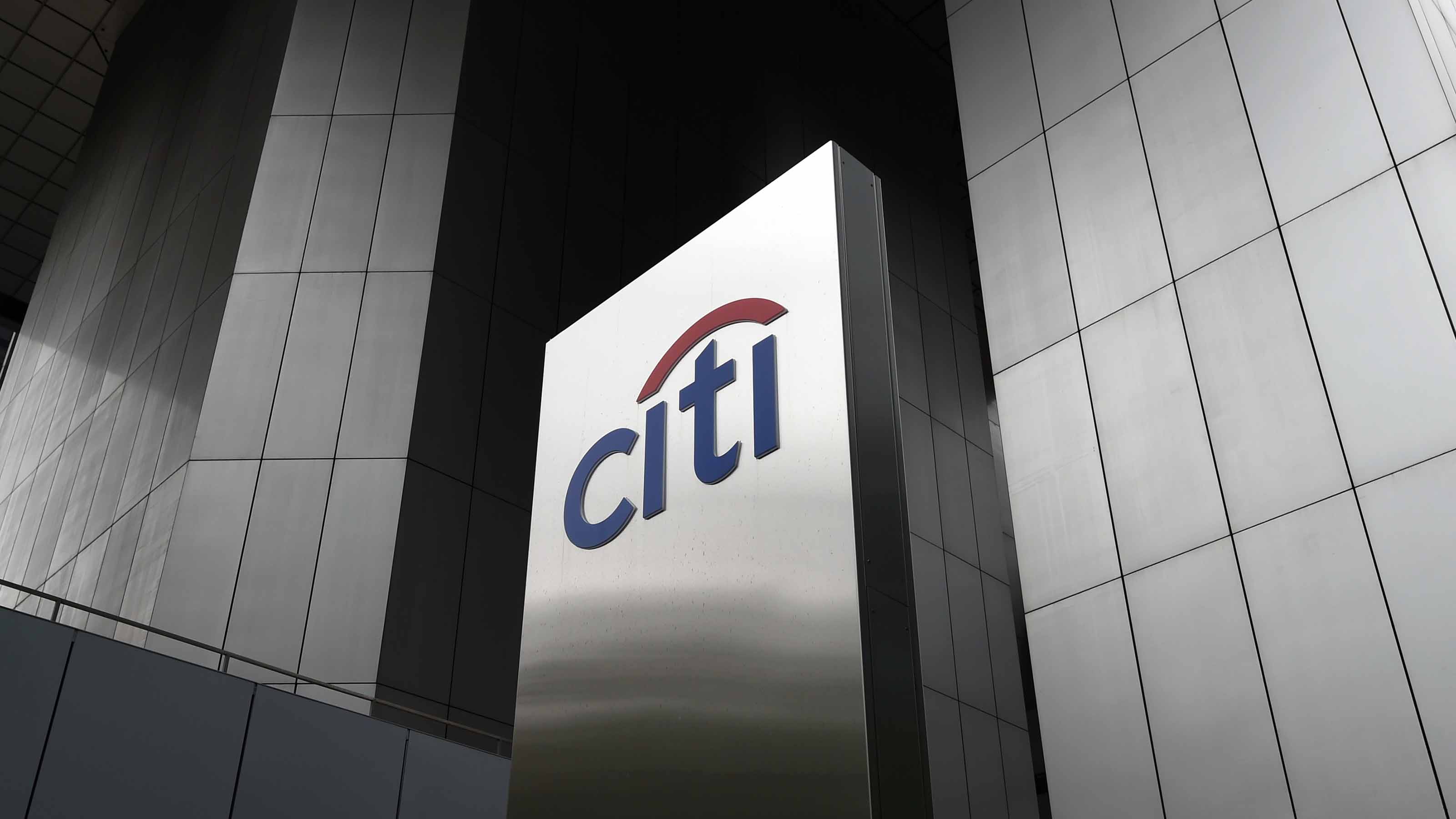 Citi CEO Apologizes For Bank's Discrimination Against Armenian Americans
Citi CEO Apologizes For Bank's Discrimination Against Armenian AmericansCiti is 'deeply sorry' for its unfair lending practices concerning Armenian Americans, CEO tells Senate panel.
By Joey Solitro Last updated
-
 Mastercard Says It Is Not Raising Network or Swipe Fees
Mastercard Says It Is Not Raising Network or Swipe FeesCard processing giant says WSJ story on credit card fee hikes ‘is wrong.’
By Joey Solitro Published
-
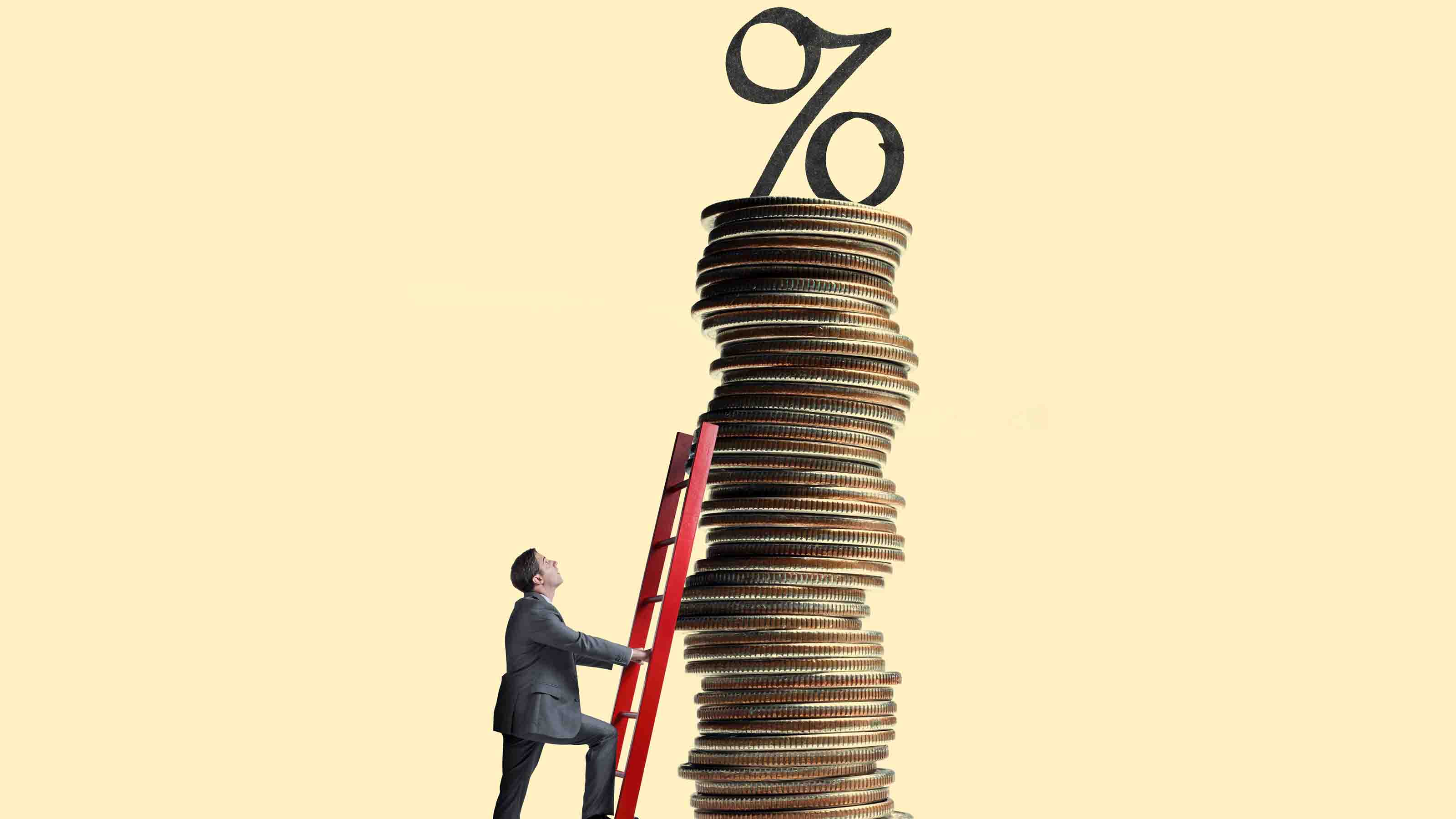 How to Benefit From Rising Interest Rates
How to Benefit From Rising Interest RatesFinancial Planning Savers will get the best rates from top-yielding savings and money market deposit accounts at online banks.
By Rivan V. Stinson Last updated
-
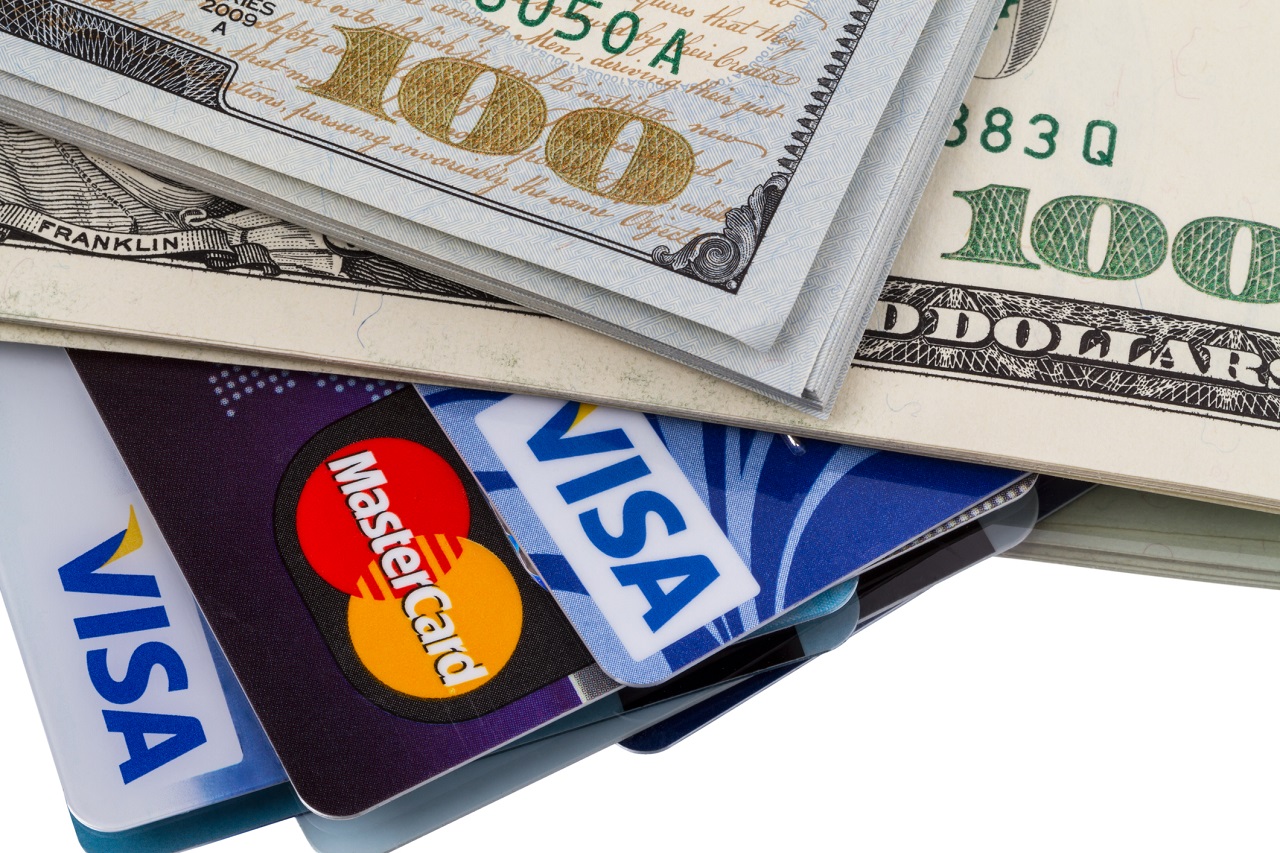 Credit, Debit or Cash? Which is Best?
Credit, Debit or Cash? Which is Best?credit & debt Credit or debit? Cash? Each payment method has pros and cons. Your best bet is to use a combination that meets your own needs.
By Ellen Kennedy Published
-
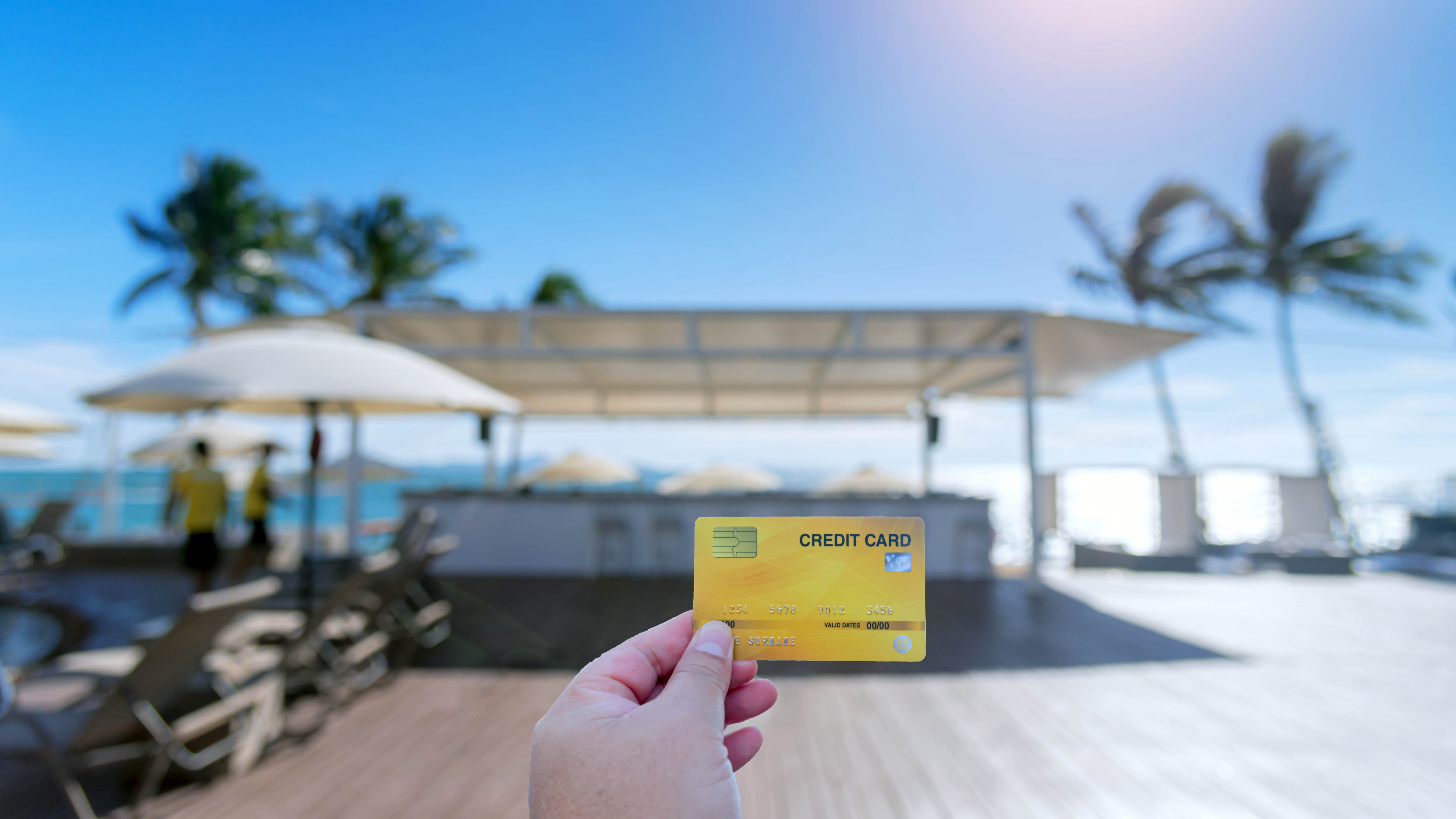 Get the Most Benefit from Credit Card Perks
Get the Most Benefit from Credit Card PerksMake the most of credit card perks like travel insurance, delivery discounts and fraud protection.
By Rivan V. Stinson Published
-
 Best Cash Back Credit Cards of 2025
Best Cash Back Credit Cards of 2025Credit Cards If you're searching for a credit card that rewards you for everyday purchases, we've chosen the best.
By Ellen B. Kennedy Last updated
-
 Bank of America Offering Cardholders Bonus Rewards Points for Shopping on Nov. 5
Bank of America Offering Cardholders Bonus Rewards Points for Shopping on Nov. 5The bank’s first More Rewards Day is designed to play into early holiday shopping demand.
By Bob Niedt Published
-
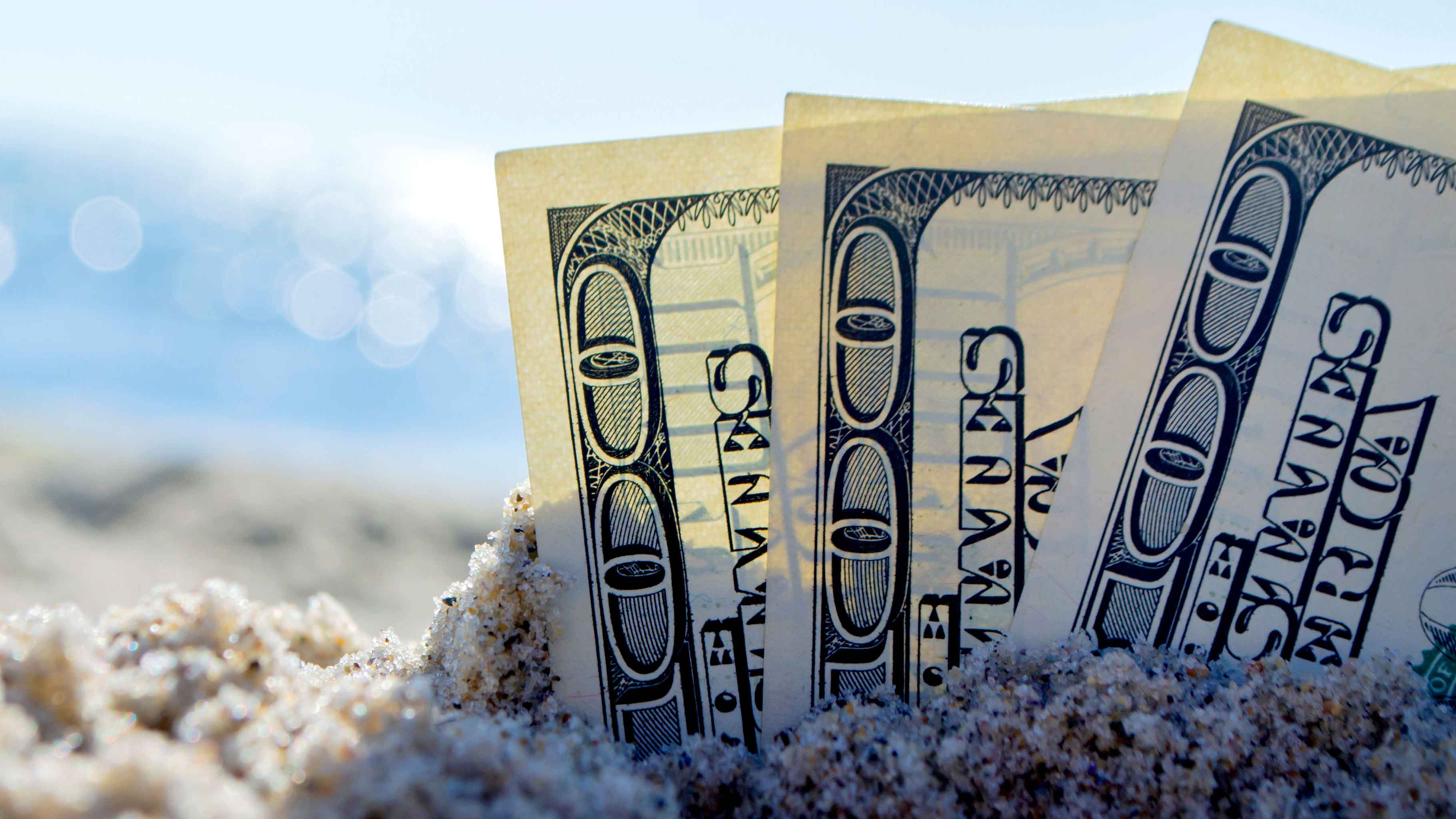 Where to Find Emergency Cash
Where to Find Emergency CashMaking Your Money Last Even if you're debt-averse, having a credit card to pay for emergencies could be an important lifeline.
By Rivan V. Stinson Published

